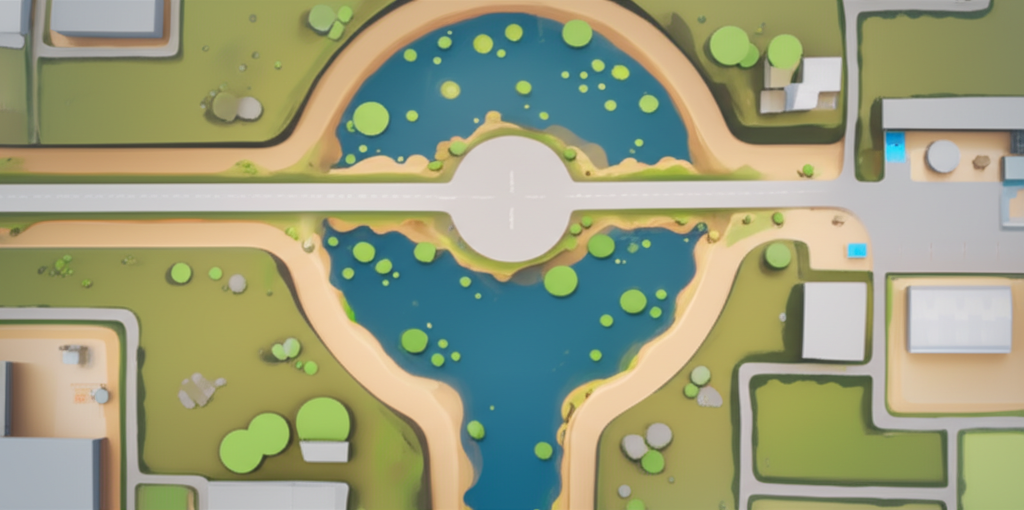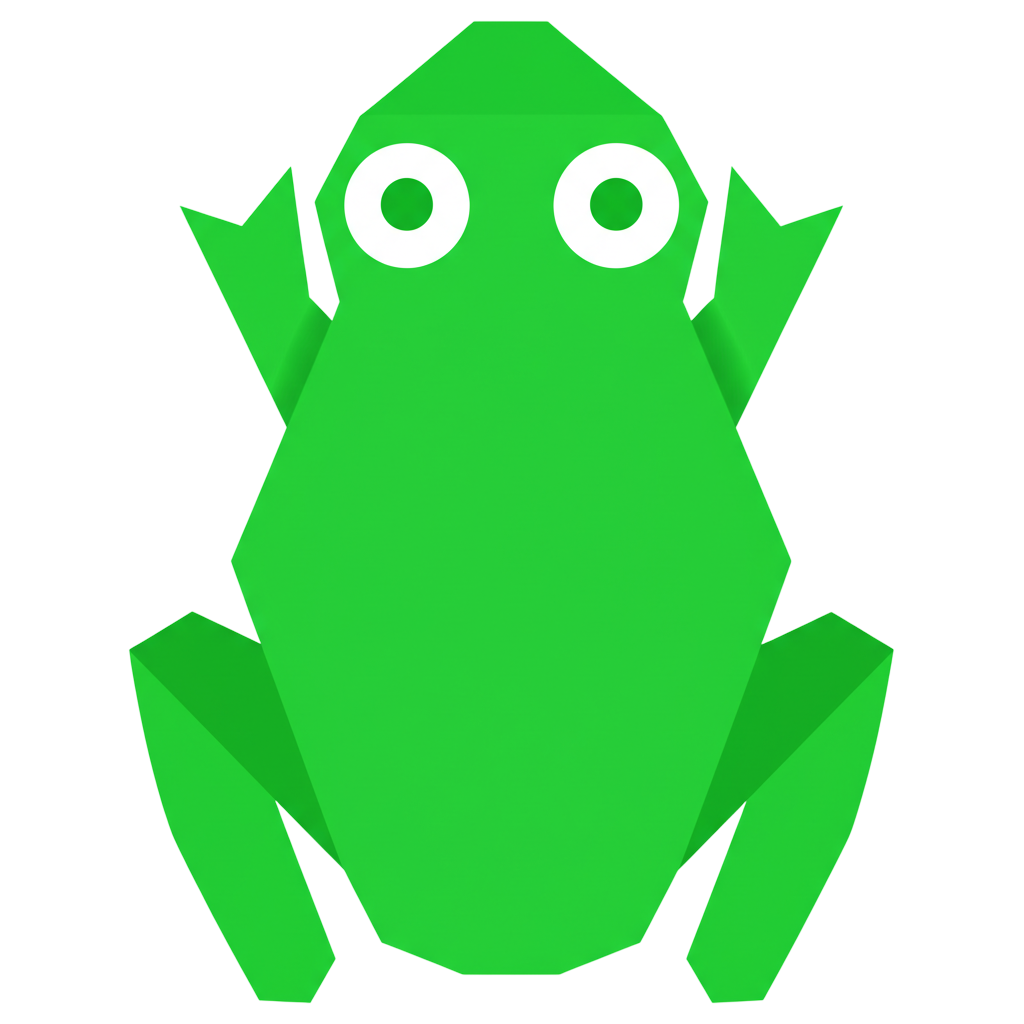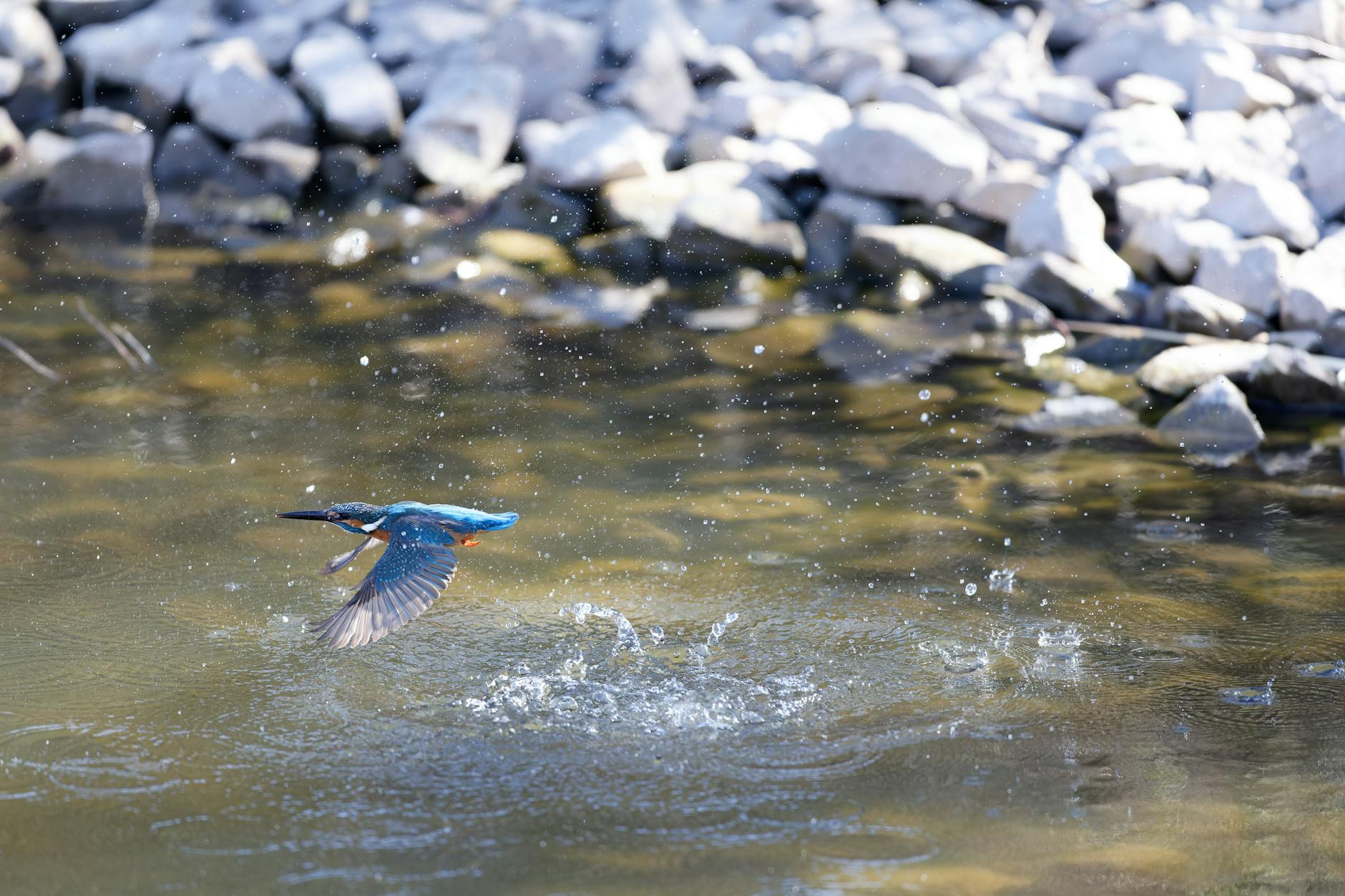🐸 Diverse Tailless Amphibians
Order Anura
- Frogs are short-bodied, tailless amphibian vertebrates.
- They belong to the order Anura, meaning 'without tail' in Ancient Greek.
- The distinction between frogs and toads is informal, based on skin texture, not taxonomy.




















